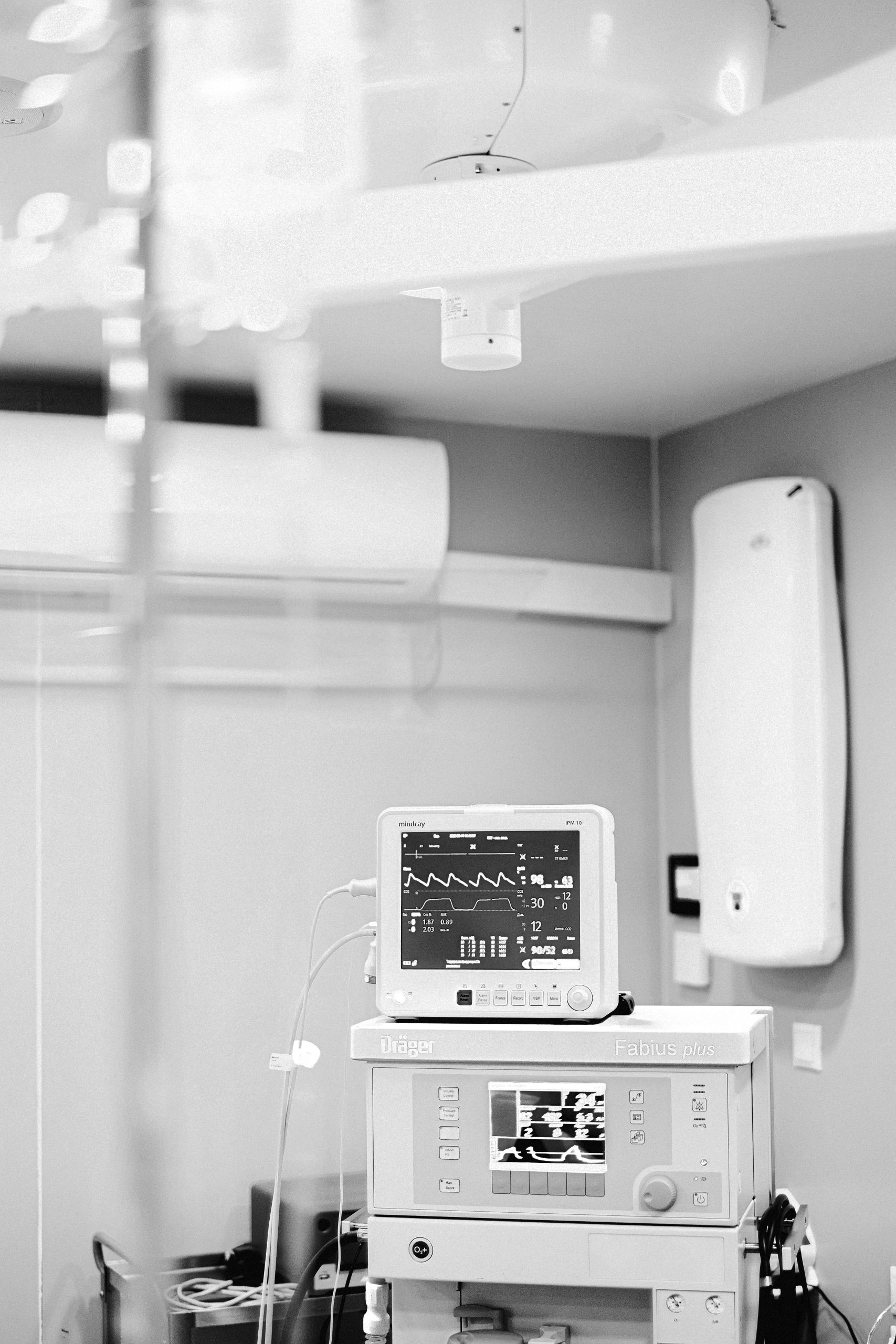In the fast-paced world of healthcare, remote monitoring systems have revolutionized patient care, especially in intensive care units (ICUs) and critical care settings. These advanced systems enable healthcare providers to track patients’ vital signs, detect early warning signs, and intervene promptly—even from a distance. With the increasing demand for efficient and scalable healthcare solutions, remote monitoring has become a game-changer, improving patient outcomes, reducing costs, and enhancing workflow efficiency. Below, we explore the top benefits of these systems for ICU and critical care patients.
Enhanced Patient Safety and Early Intervention
Remote monitoring systems provide continuous, real-time tracking of critical patient metrics such as heart rate, blood pressure, oxygen saturation, and respiratory rate. Unlike traditional monitoring, which relies on periodic checks, these systems ensure that no critical changes go unnoticed. This constant surveillance allows for:
- Early detection of deterioration: Alerts are triggered when vital signs deviate from normal ranges, enabling rapid response before complications escalate.
- Reduced human error: Automated systems minimize the risk of oversight, ensuring that even subtle changes are recorded and analyzed.
- Proactive care: Clinicians can intervene before a crisis occurs, improving survival rates and reducing the need for emergency interventions.
By leveraging artificial intelligence and predictive analytics, these systems can even anticipate potential complications, further enhancing patient safety.
Improved Efficiency for Healthcare Providers
Remote monitoring alleviates some of the burdens on ICU staff by streamlining workflows and reducing the need for constant bedside checks. Key advantages include:
- Centralized monitoring: Multiple patients can be tracked from a single dashboard, allowing nurses and doctors to prioritize care more effectively.
- Reduced workload: Automated alerts reduce the frequency of manual checks, freeing up time for other critical tasks.
- Better resource allocation: Hospitals can optimize staffing by focusing attention on high-risk patients while maintaining oversight of stable cases.
Additionally, remote systems facilitate tele-ICU programs, where specialists can oversee patients across multiple locations, ensuring expert care is available even in underserved areas.
Cost Savings for Hospitals and Patients
Implementing remote monitoring systems can lead to significant financial benefits for healthcare institutions and patients alike. These savings stem from:
- Reduced ICU stays: Early detection and intervention can prevent complications, shortening hospital stays and lowering costs.
- Fewer readmissions: Continuous monitoring post-discharge helps prevent relapses, reducing the need for costly readmissions.
- Lower staffing costs: By improving efficiency, hospitals can manage patient loads with fewer personnel, cutting labor expenses.
For patients, remote monitoring can also reduce out-of-pocket expenses by minimizing unnecessary tests and procedures.
Better Patient Outcomes and Satisfaction
Remote monitoring doesn’t just benefit healthcare providers—it also enhances the patient experience. Key improvements include:
- Personalized care: Continuous data collection allows for tailored treatment plans based on real-time patient needs.
- Reduced infection risk: Fewer in-person interactions lower exposure to hospital-acquired infections, a critical factor for immunocompromised ICU patients.
- Peace of mind: Patients and families feel reassured knowing that their condition is being closely monitored around the clock.
Studies have shown that hospitals using remote monitoring report higher patient satisfaction scores, as the technology fosters a sense of security and attentiveness.
Scalability and Future-Readiness
As healthcare systems face increasing patient loads, remote monitoring offers a scalable solution that can adapt to growing demands. Benefits include:
- Expanded reach: Rural and understaffed hospitals can leverage tele-ICU capabilities to access specialist care without physical transfers.
- Integration with emerging tech: Remote systems can incorporate AI, machine learning, and IoT devices for even smarter, data-driven care.
- Disaster preparedness: During pandemics or natural disasters, remote monitoring ensures continuity of care when in-person visits are limited.
By investing in these systems now, healthcare providers can future-proof their operations and stay ahead of evolving challenges.
Remote monitoring systems for ICU and critical care patients represent a transformative shift in modern medicine. From improving patient safety and outcomes to reducing costs and enhancing efficiency, the benefits are undeniable. As technology continues to advance, these systems will play an even greater role in delivering high-quality, accessible, and cost-effective care. Hospitals and healthcare providers that embrace remote monitoring today are not only optimizing current operations but also paving the way for a more resilient and patient-centered future.
